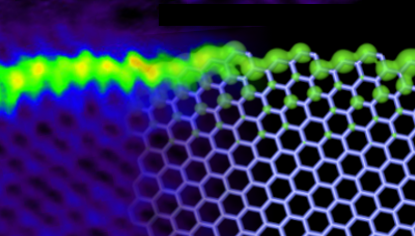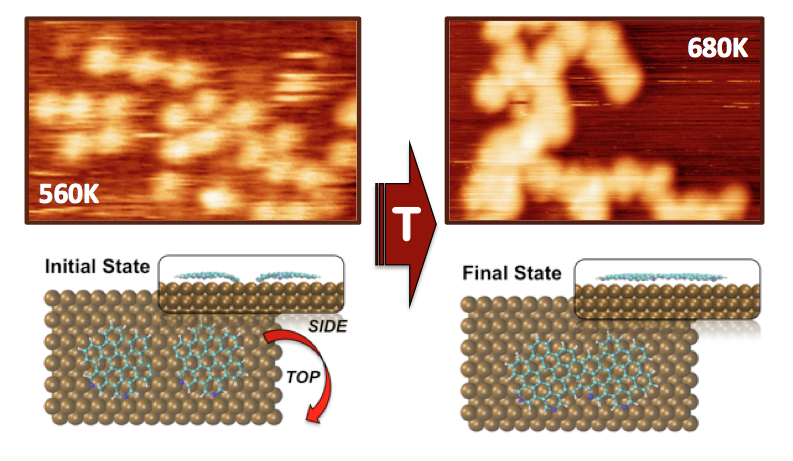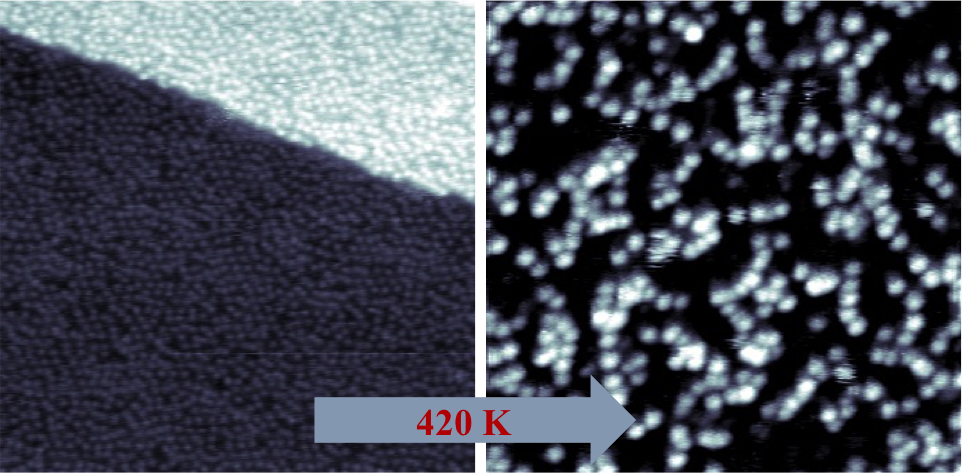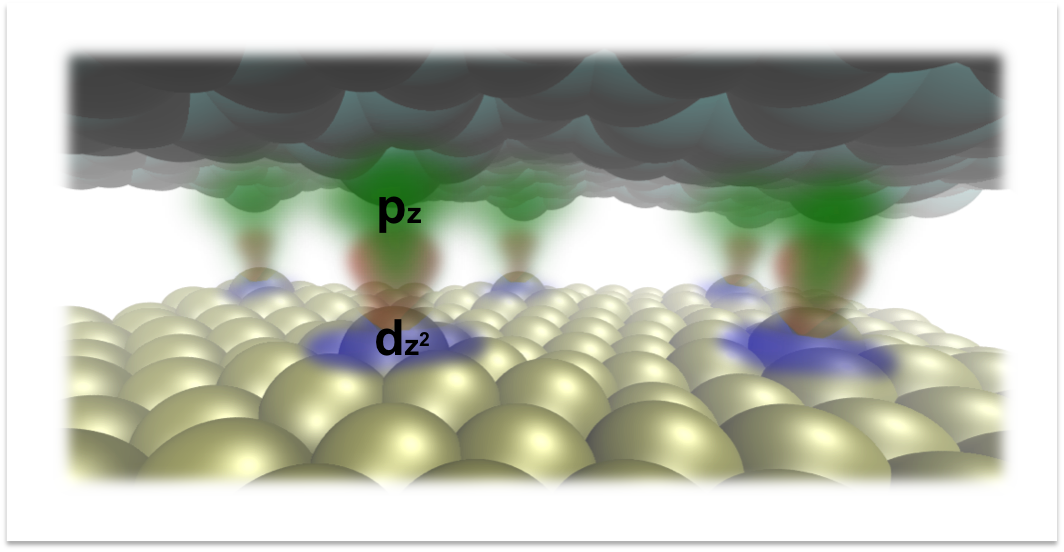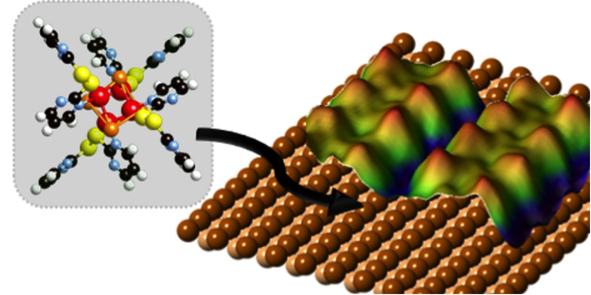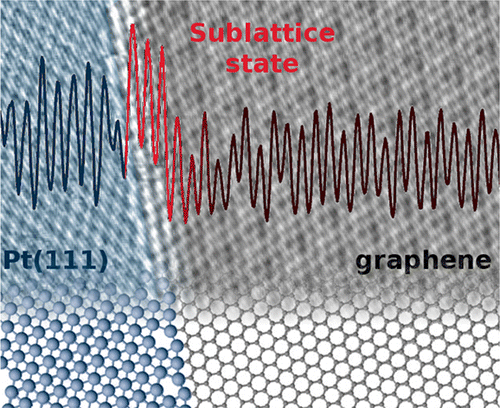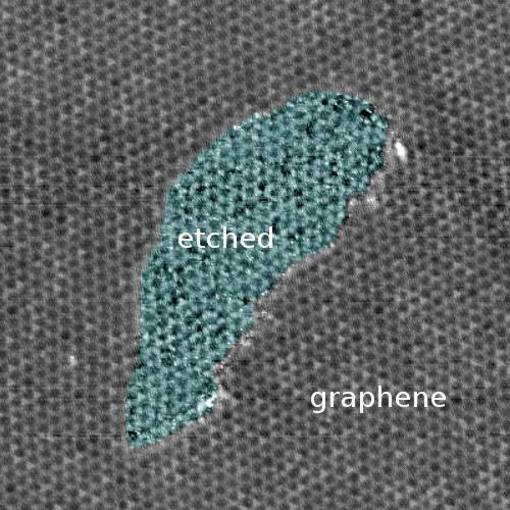Decoupling epitaxial graphene from metals by electrochemical oxidation (Carbon 2018)

The catalytic role of metallic substrates is a perfect starting point for growing high quality graphene layers by thermal decomposition of aromatics. However, metallic substrates quench the outstanding properties that make graphene the most promising material for future applications. Thus, protocols to transfer graphene to different technologically relevant substrates are…


